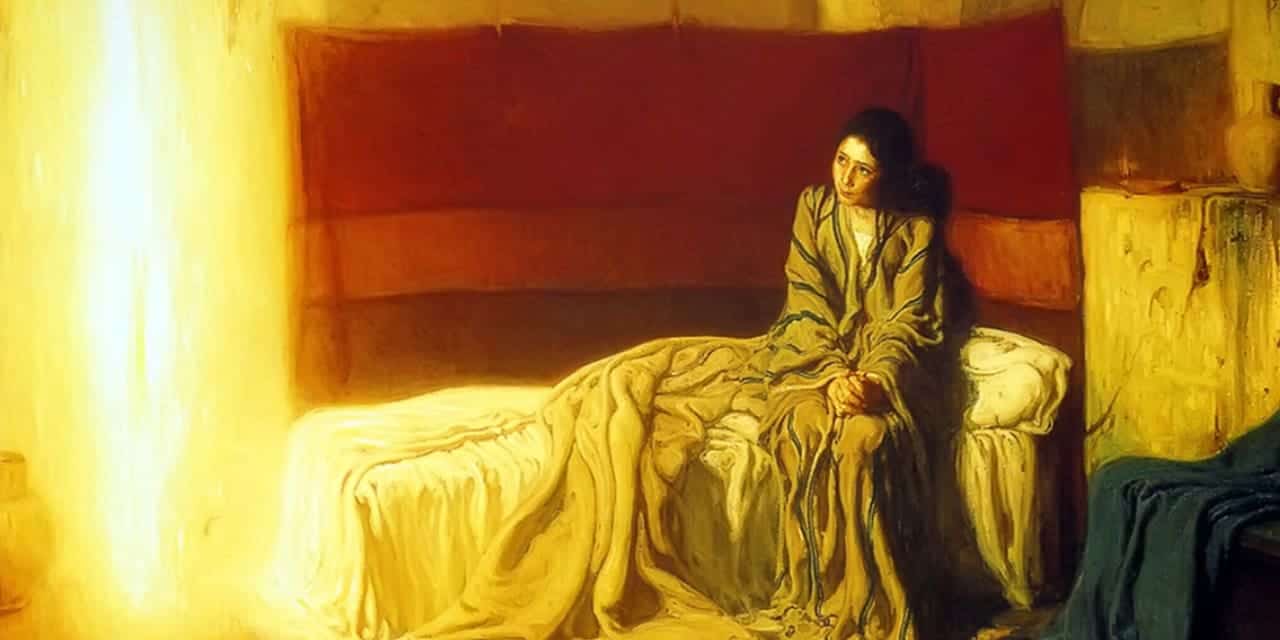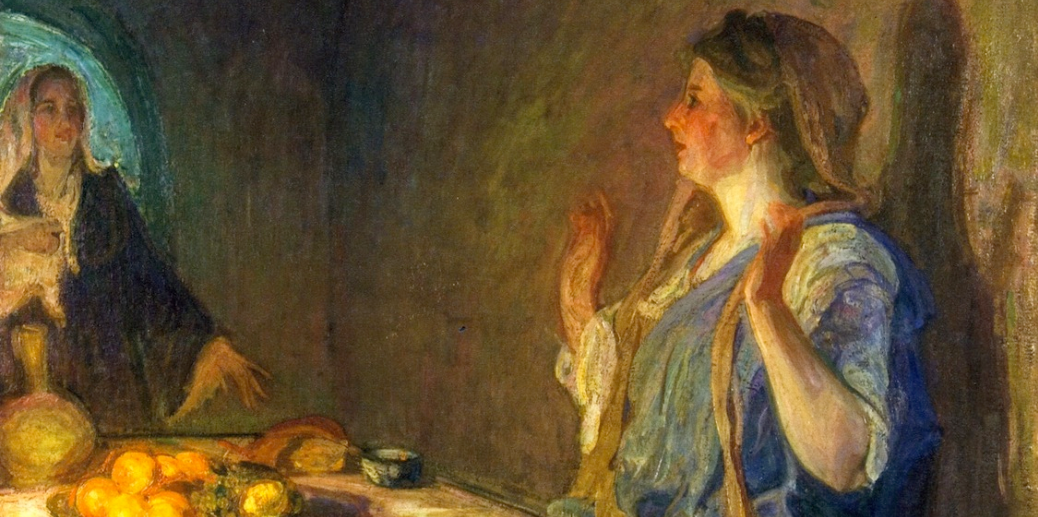The Social Significance of the Christian Celebration of the Annunciation

This week (Thursday, March 25 to be precise) the Christian church around the world celebrated what is called the Annunciation of Jesus. This is the time, 9 months before Christmas, that the angel Gabriel appeared to a humble middle-eastern woman that no one would have ever noticed otherwise to tell her that she, even though a virgin, would soon give birth to the Savior of the world. This amazing story is right there in Luke 1:26-38 for all to read.
For most Christians, the Annunciation annually passes with little notice. If we note it at all, it’s usually lumped in with Christmas. But being the announcement of the coming of the Savior of the world, it is its own singular event and its oversight is tragic. And not just because it is the announcement of Jesus’ coming, but how He would come! Much of the richness of our common Christian faith is found in this event. This is told in two of the most remarkable, but little appreciated, pieces of art painted by two very different artists who loved our Lord deeply.
The first is an American great, the first African-American painter to achieve significant critical acclaim: Henry Ossawa Tanner. His brilliantly beautiful and Realist The Annunciation presents to us a very humble, teen-age Mary in her modest bedroom. The magnificence of his work is Mary’s authenticity, her humane humility and tender curiosity as the Angel Gabriel appears before her as a splendid pillar of light.
Photo from Wikimedia
Tanner wants us to see Mary as a real person, not missing the youth, innocence, and commonness of our Lord’s mother-to-be. Tanner doesn’t give her a facial expression communicating anything obvious and that’s its wonder.
Is she scared? Stunned? Joyful? Solemn?
Tanner’s Mary is more humanly complex than many artists’ as is undoubtedly true of the actual event. Tanner has her communicating all these feelings and struggles at once. But we can also see in her visage her response of willing obedience to the angel as Luke records, “Behold, I am the servant of the Lord; let it be to me according to your word.”
When the angel Gabriel appeared to Mary with this most startling news, he found a teenage girl living a typical teenage girl’s life. The greatest royal announcement in history takes place in this teen girl’s humble bedroom, illuminated by the majesty of God’s oracle. That is precisely what Tanner gives us, and it’s just stunning. Also, his technique in presenting the folds and flow of her gown and bed coverings is nothing short of magnificent. It is as if there is any regality in the scene, it in these common clothes.
But notice what this story communicates. It explains that Jesus did not come to earth in the manger at Christmas as we typically assume. That was when he was born. God came to earth in the flesh as a full human being in a young woman’s womb nine months prior. And the greatest and most consequential event to ever happen in the history of the universe happened within a woman, as a woman! C. S. Lewis says in his book Miracles that this fact is the “Grand Miracle” because “every other miracle prepares for this, or exhibits this, or results from this … the very thing the whole story has been about.”
If the manger symbolizes a sacred place to Christians, how much more the womb of a woman for it is there that Christ appears according to God’s divine and eternal plan. But there is more to the story of the Annunciation and this second angle is told in our other great painting. It actually preaches more of a theology than simply reminding, as Tanner’s does. That is Fra Angelico’s The Annunciation.
Photo from Wikimedia
Fra Angelico, the humblest of the greatest Italian Renaissance painters, created nearly exclusively biblical scenes for cathedrals in his career. His Annunciation brings two very important events together, one creating the need for the other: The Fall and Salvation of humanity.
Friar Angelico shows us the same heaven that has God’s judgment expelling Adam and Eve from the Garden after their disobedience also brings God’s great mercy of sending Christ into Mary’s womb as the Savior of the world. Fra Angelico is simultaneously telling us about the first and second Adam as well as the first and second Eve in one glorious work of art.
Whereas the first Adam and Eve brought death through disobedience, Mary, the second Eve, obeys God and brings new life to humanity through the divine child, Jesus the second Adam, that grows within her.
Angelico created this painting as a sermon about the natural state of man and the supernatural way that God provided for our salvation. And a very powerful and dramatic sermon it is.
The Annunciation is a powerful part of our Christian heritage. It is the start of the most important part of the story itself. And it begins in the most intimate place of womanhood, a profoundly rich statement about the virtue of both femininity and motherhood. No faith or philosophy known to man makes such a powerful statement about the glory and wonder of being female because it is through her that the Savior came.
ABOUT THE AUTHOR

Glenn is the director of Global Family Formation Studies at Focus on the Family and debates and lectures extensively on the issues of gender, sexuality, marriage and parenting at universities and churches around the world. His latest books are "The Myth of the Dying Church" and “Loving My (LGBT) Neighbor: Being Friends in Grace and Truth." He is also a senior contributor for The Federalist.
Related Posts

Correcting the White House: God Became Man at Conception, Not Birth
December 10, 2025

To Save America, Have Lots of Children
December 10, 2025

‘The Babylon Bee’ Fights Hawaii Law Censoring Political Speech
December 9, 2025

Test Scores, Attendance Improve After District Bans Cellphones
December 8, 2025
